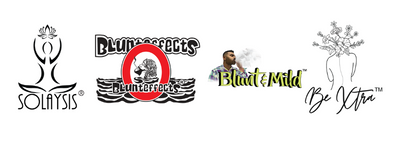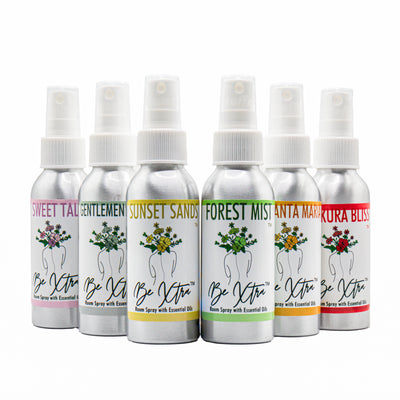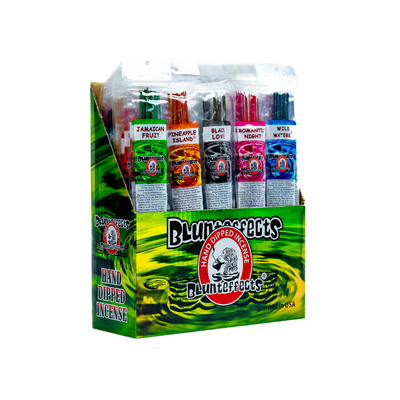How To Keep Your Home Smelling Good With Pets

Sharing your home with pets is one of life’s best perks. They’re loyal companions, mood boosters, and often the heart of the household. But let’s be honest—between the muddy paws, fur-covered cushions, and not-so-subtle litter box scents, pets can add some…character to your home’s aroma.
Luckily, keeping your space smelling fresh doesn’t have to be a constant battle. Whether you live with a curious cat, a playful pup, or a talkative bird, here’s how to keep your home smelling good with pets.
Build a Solid Cleaning Routine
Pet odors can sneak up on you. They often come from natural oils in fur, litter boxes, food bowls, accidents, or that well-loved dog bed in the corner. Once you know where the smells are coming from, you can start taking steps to prevent and neutralize them.
If your pets shed, regular vacuuming is a must to keep floors and furniture clean. Sprinkle some baking soda on rugs or upholstery before you vacuum to neutralize stubborn smells. Mop hard floors with pet-safe cleaners, and don’t forget corners and baseboards where fur and dander love to hide.
Keep your pet clean, too! Regular brushing, bathing, and wiping down paws after walks can significantly reduce odors. And wash bedding, toys, collars, and food bowls once a week to stop smells from building up.
If you’re a cat owner, use high-quality litter with odor-absorbing ingredients and clean the box daily. A dash of baking soda underneath the litter can extend freshness between full clean-outs.
How To Know What’s Safe for Pets
Before bringing any fragrance into your home, make certain it’s safe for your specific pet. Some products are fine for dogs but not for cats. Others may work for mammals but can be dangerous for birds or reptiles.
Look for terms like “pet-safe,” “non-toxic,” or “veterinarian-approved” on air care products. If a product doesn’t list its ingredients or has a strong artificial fragrance, skip it. Natural doesn’t mean safe, either. Certain essential oils can be harmful, especially if diffused in poorly ventilated spaces.
Here’s a breakdown of what to look for when determining what’s safe for different pets.

Dogs, Cats, and Birds
For dogs and cats, some scents like lavender or chamomile are safe in moderation. However, certain essential oils, like tea tree, peppermint, and eucalyptus, are toxic to them, so always check labels before using products.
Birds also have sensitive respiratory systems. Avoid heavily scented products and ensure the area is well-ventilated when diffusing oils or using air fresheners.
Fish
Water-based creatures, such as fish, are sensitive to any chemical or fragrance exposure. Strong odors from air fresheners or candles can disrupt the balance of their aquatic environment. Natural ventilation, like opening windows, is a safer way to keep the air fresh.
Reptiles
Snakes, lizards, and other reptiles have a heightened sensitivity to chemical fragrances. Many reptiles breathe through their skin, which means they absorb chemicals or heavy scents more easily. Stick to non-toxic, naturally derived scents in areas where reptiles reside. Avoid spraying air fresheners around their enclosures, and opt for essential oils only if they’re heavily diluted and pet-safe.
Small Mammals
Small mammals like hamsters, rabbits, or guinea pigs have sensitive respiratory systems. Steer clear of candles, incense, or air sprays near their living spaces. Instead, rely on natural scents, like lavender or chamomile. Be cautious when using room sprays or diffusers, as even mild scents irritate them.
Always consult with your veterinarian if you’re unsure about a specific product and how it might affect your pet’s health. Taking extra care will ensure your home is a safe and inviting place for all family members—four-legged or otherwise!
Scenting Methods (Ranked From Chill To Caution)
Now that your home is clean and you’ve narrowed down pet-safe scents, let’s talk delivery methods. Some scenting tools are safer than others.
Reed & Ultrasonic Diffusers
Reed or ultrasonic diffusers offer a consistent, low-maintenance way to disperse scent throughout your home. When paired with pet-safe essential oils, they can gently improve the smell of a room without overpowering it. Be cautious about placement, though. Keep diffusers on high shelves or behind barriers to avoid curious paws or accidental spills.
Air Deodorizers
Air deodorizers are a quick way to neutralize unpleasant odors in the home. Always opt for pet-safe formulas free from harsh chemicals and synthetic fragrances. Subtle, calming scents like lavender or chamomile are safer choices that won’t overwhelm your companions.
Wax Melts
Wax melts are a flame-free alternative to candles, which makes them a popular pick for pet parents. Look for soy-based melts made with natural ingredients, and avoid strong or synthetic scents that may be overwhelming. As always, keep warmers away from your pet’s reach.
Room Sprays
Room sprays offer an easy, instant burst of fragrance, great for refreshing a space before guests arrive. However, avoid spraying near food bowls, beds, or litter boxes. A light mist of vanilla or sandalwood can create a cozy vibe without causing stress or irritation to your pet.

Candles
Candles can add warmth and ambience while helping to mask stubborn odors. The safest choices for pet owners are soy or beeswax candles that use natural essential oils instead of artificial fragrances. Scents like vanilla, honey, or soft florals are less likely to trigger a reaction. Be sure to place lit candles well out of reach to prevent accidental tips or burns.
Potpourri
Potpourri gives a visual and aromatic touch to a room, but some blends may include dried botanicals, oils, or small pieces that can be dangerous if ingested. To stay safe, place potpourri bowls up high or opt for sealed sachets that can release fragrance without exposing your pet to loose ingredients.
Incense
While incense can create a peaceful vibe, it’s not the best choice for homes with pets. The smoke and particulates can irritate their respiratory systems, most notably for birds, small mammals, and brachycephalic (short-nosed) dog breeds. If you love incense, burn it in a pet-free area with plenty of airflow.
How Often Should You Scent Your Space?
Less is more. Even safe products can become irritating with overuse. Start slow: diffuse for 30 minutes, spritz once or twice, or light a candle for an hour. Monitor how your pet behaves. Sneezing, scratching, excessive licking, or hiding can all be signs that something isn’t sitting right.
If your pet has a reaction, stop using the product immediately. Air out the space, and consult your vet if symptoms persist.
Living Fresh (and Safe) With Pets
Learning how to keep your home smelling good with pets helps you keep your space clean, safe, and inviting for everyone under your roof. By focusing on regular cleaning, choosing gentle scenting options, and being mindful of your pets’ needs, you can enjoy a space that smells as lovely as it looks.
And when you need a little extra help, Blunteffects® has your back. We design our products using safe, effective ingredients to refresh your space without compromising your companion’s comfort. From deodorizers to soft, soothing room sprays, we offer solutions for pet lovers who don’t want to choose between freshness and safety.










Leave a comment